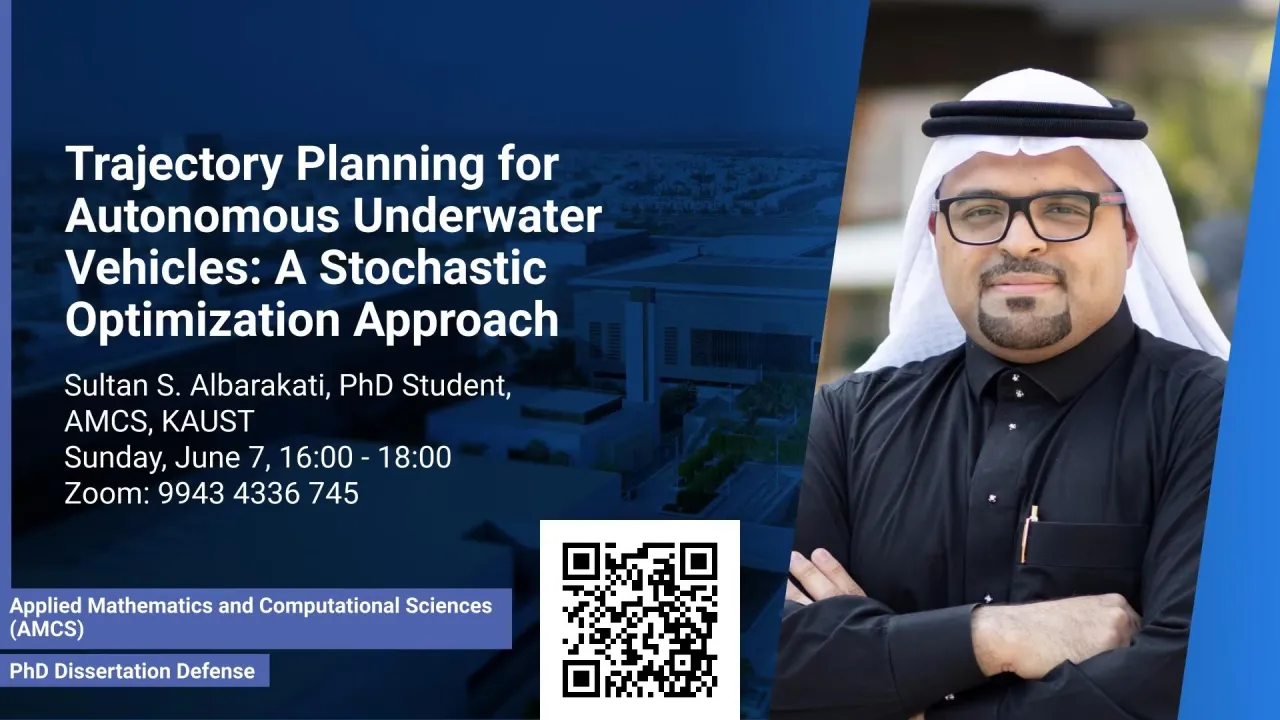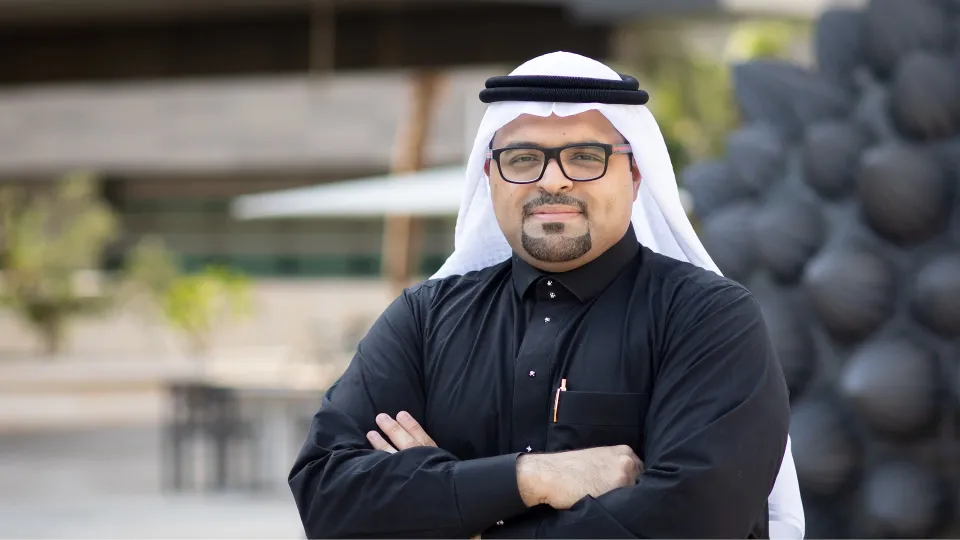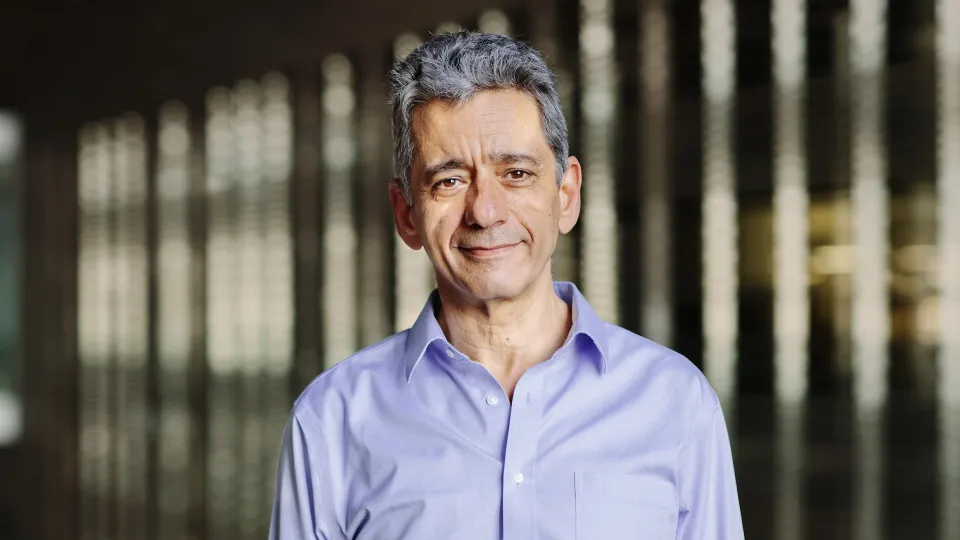
Trajectory Planning for Autonomous Underwater Vehicles: A Stochastic Optimization Approach
KAUST
In this work, we develop a new framework of trajectory planning for AUVs in realistic ocean scenarios. We divide this work into three parts. In the first part, we provide a new approach for deterministic trajectory planning in steady current, described using Ocean General Circulation Model (OGCM) data. The latter are used to specify both the ocean current and the bathymetry. We apply a NLP to the optimal-time trajectory planning problem. To demonstrate the effectivity of the resulting model, we consider the optimal time trajectory planning of an AUV operating in the Red Sea and the Gulf of Aden. In the second part, we generalize our 3D trajectory planning framework to time-dependent ocean currents. We also extend the framework to accommodate multi-objective criteria, focusing specifically on the Pareto front curve between time and energy. The scheme is demonstrated for time-energy trajectory planning problems in the Gulf of Aden. In the last part, we address uncertainty in the ocean current field. The uncertainty in the current is described in terms of a finite ensemble of flow realizations. The proposed approach is based on a non-linear stochastic programming methodology that uses a risk-aware objective function, accounting for the full variability of the flow ensemble. Advanced visualization tools are used to amplify simulation results.
Overview
Abstract
In this work, we develop a new framework of trajectory planning for Autonomous Underwater Vehicles (AUVs) in realistic ocean scenarios. We divide this work into three parts. In the first part, we provide a new approach for deterministic trajectory planning in steady current, described using Ocean General Circulation Model (OGCM) data. The latter are used to specify both the ocean current and the bathymetry. We apply a Non-Linear Programming (NLP) to the optimal-time trajectory planning problem. To demonstrate the effectivity of the resulting model, we consider the optimal time trajectory planning of an AUV operating in the Red Sea and the Gulf of Aden. In the second part, we generalize our 3D trajectory planning framework to time-dependent ocean currents. We also extend the framework to accommodate multiobjective criteria, focusing specifically on the Pareto front curve between time and energy. To verify the effectiveness of the extended framework, we initially test the methodology in idealized settings. The scheme is then demonstrated for time-energy trajectory planning problems in the Gulf of Aden. In the last part, we address uncertainty in the ocean current field. The uncertainty in the current is described in terms of a finite ensemble of flow realizations. The proposed approach is based on a non-linear stochastic programming methodology that uses a risk-aware objective function, accounting for the full variability of the flow ensemble. We formulate stochastic problems that aim to minimize a risk measure of the travel time or energy consumption, using a flexible methodology that enables the user to explore various objectives, ranging seamlessly from risk-neutral to risk-averse. The capabilities of the approach are demonstrated using steady and transient currents. Advanced visualization tools are used to amplify simulation results.
Brief Biography
Sultan Albarakati is a Ph.D. candidate supervised by Prof. Omar Knio in the Applied Mathematics program at King Abdullah University of Science and Technology. He received his Master of Applied Mathematics from King Abdullah University of Science and Technology in 2015 and his Bachelor in Mathematics from Um Al-Qura University in 2004. His research interests include optimization under uncertainty and optimal path planning of autonomous underwater vehicles.

